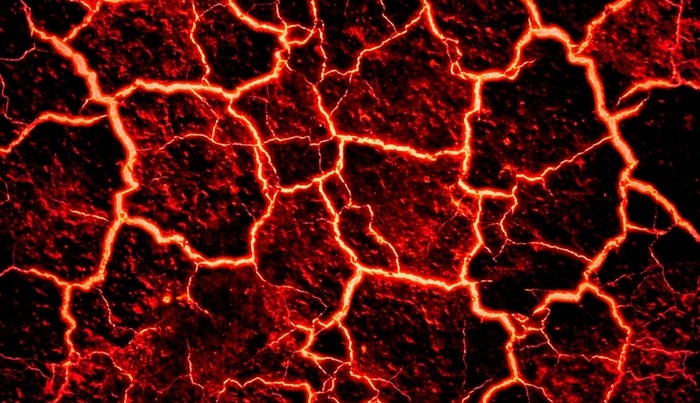AI Spots Cracks in Critical Structures
June 18, 2019
on
on

If untreated, a tiny crack in the structure of a nuclear reactor, skyscraper, bridge or dam can have catastrophic consequences. Routine maintenance is carried out on critical structures but the process is time consuming and expensive. A new system using AI to analyse video footage taken of the structures could help cut costs and provide more reliable crack detection.
The inspection of a system such as a nuclear reactor is expensive. Current automatic crack detection systems are fairly crude and cannot discriminate between small surface scratches or welds and structural cracks. It’s up to inspectors to spend time analysing the video footage to determine the seriousness of any imperfections detected.
The researchers believe the improved accuracy of fault detection system will help reduce accidents and lower maintenance costs. The system is able to provide precise information on the thickness and length of the cracks for assessment by a maintenance engineer.
AI helps spot flaws in the material structure. Video: Purdue University
The research team plan to use robots and drones to gather images for the system so that it can apply its AI techniques to quickly detect damage to buildings, roads and dams following an earthquake or other catastrophic event.
The inspection of a system such as a nuclear reactor is expensive. Current automatic crack detection systems are fairly crude and cannot discriminate between small surface scratches or welds and structural cracks. It’s up to inspectors to spend time analysing the video footage to determine the seriousness of any imperfections detected.
AI crack detection
A system developed at Purdue University uses artificial intelligence to more accurately identify cracks by analysing video footage taken from inside a nuclear reactor vessel. The method used currently for regular reactor maintenance looks for edge features in images of the material surface but this is not so reliable when the structure is submerged; instead the technique under development at Purdue university looks for changes in surface texture. The analysis method uses AI to track a crack from one image to the next.The researchers believe the improved accuracy of fault detection system will help reduce accidents and lower maintenance costs. The system is able to provide precise information on the thickness and length of the cracks for assessment by a maintenance engineer.
Video inspection using AI
The system is said to be flexible and adaptive so it can be easily reprogrammed according to the type of structure and material under investigation. The system was trialed using video footage taken from 20 different nuclear power plants and scored high, by providing more reliable results than any other method currently in use.The research team plan to use robots and drones to gather images for the system so that it can apply its AI techniques to quickly detect damage to buildings, roads and dams following an earthquake or other catastrophic event.
Read full article
Hide full article


Discussion (0 comments)